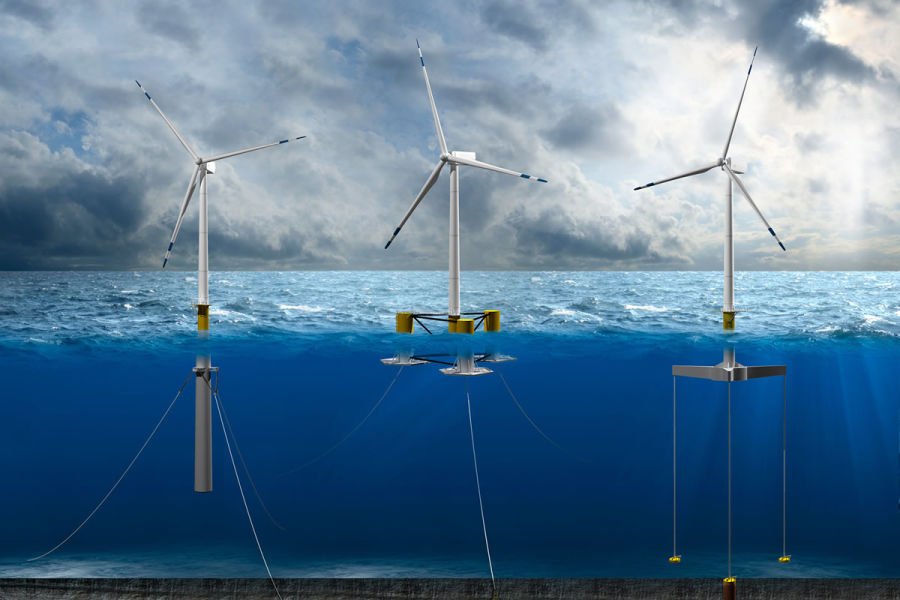The human population is projected to rise from 7 billion today to close to 10 billion by 2050. Providing food to this many people will be one of the greatest challenges of the 21st century. Due to competing interests in land use from various societal sectors, the potential for expanding farmland is limited. This turns the focus on the ocean, which covers more than two thirds of our Earth’s surface. However, marine fish stocks for the most part are already fully exploited or even over-exploited. And even aquaculture, the fastest growing food sector worldwide, requires animal feed, either from wild fish or land farming.
Ocean artificial upwelling could help increase marine productivity and raise fish production. If powered by renewable energy, this could be achieved at a low carbon footprint. In contrast to the high water demand of livestock production on land, it would come free of freshwater usage, and by tapping into the huge deep ocean nutrient reservoir, it would be independent of crop fertilizers. If applied off-shore out of range of shipping routes and fishing grounds, there would be no competing interests for space.
The current development of open-ocean wind energy paves the way for applying artificial upwelling at a scale and cost which could make it economically viable and ecologically favourable over other forms of animal protein production.

